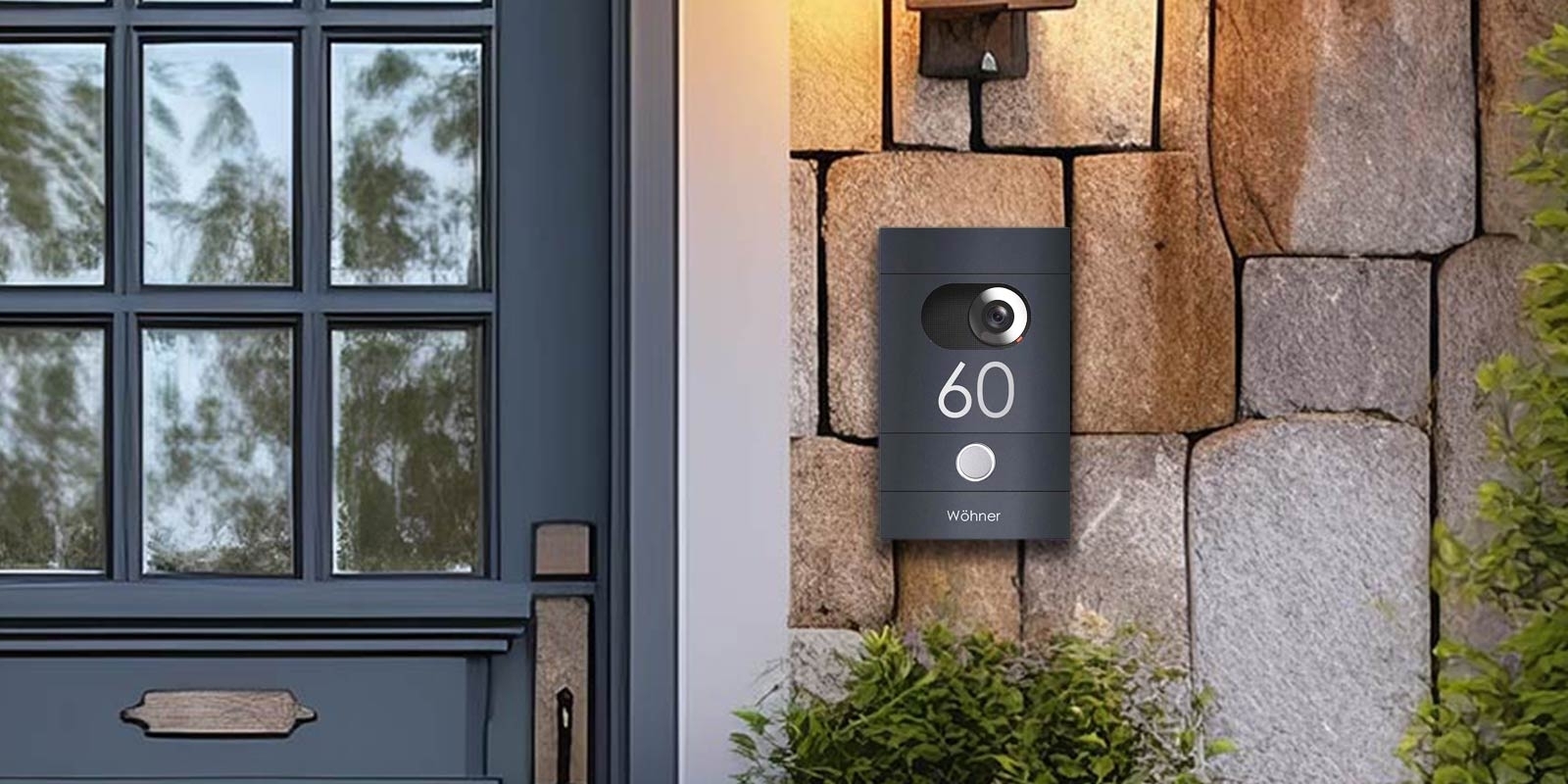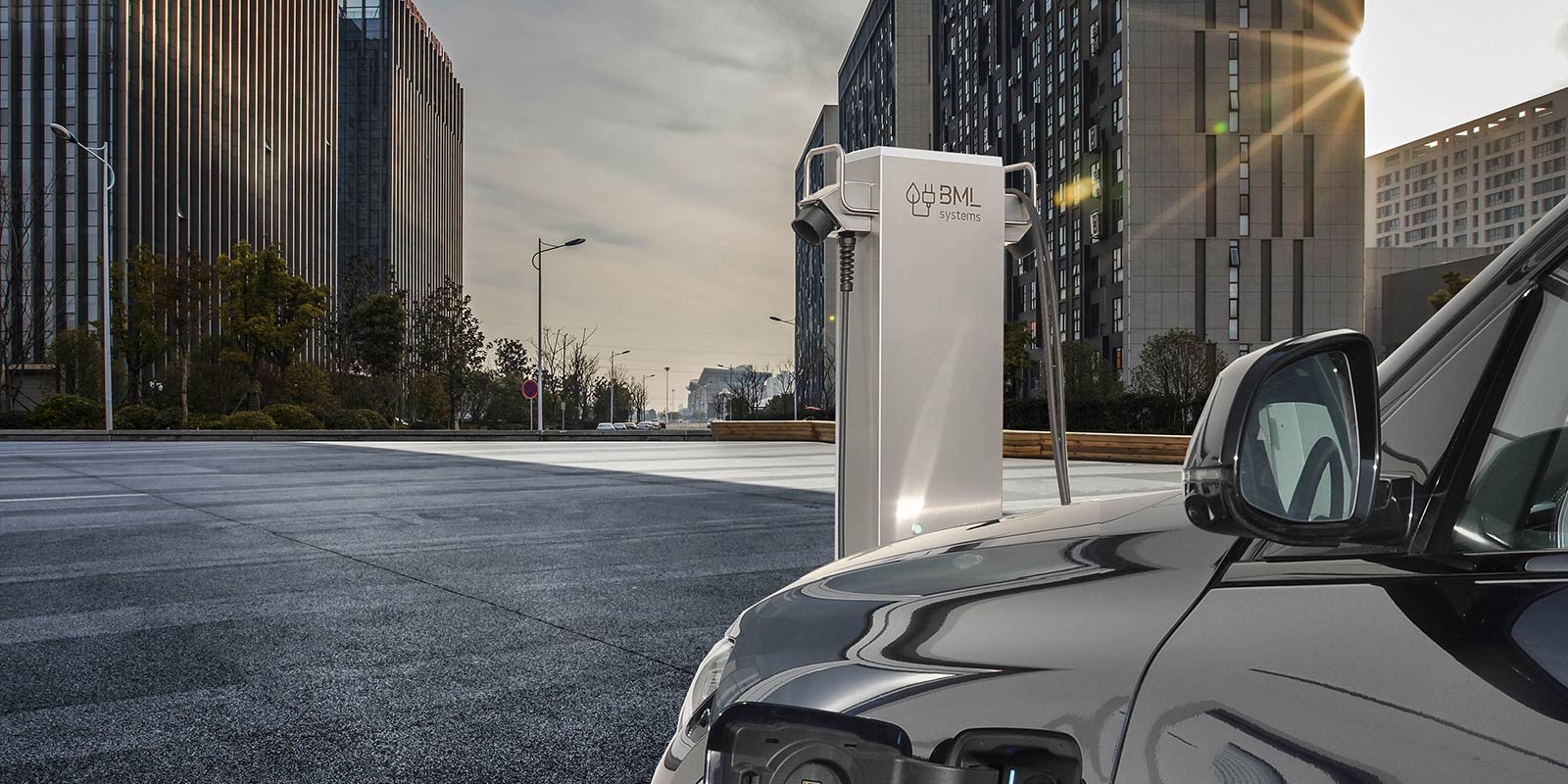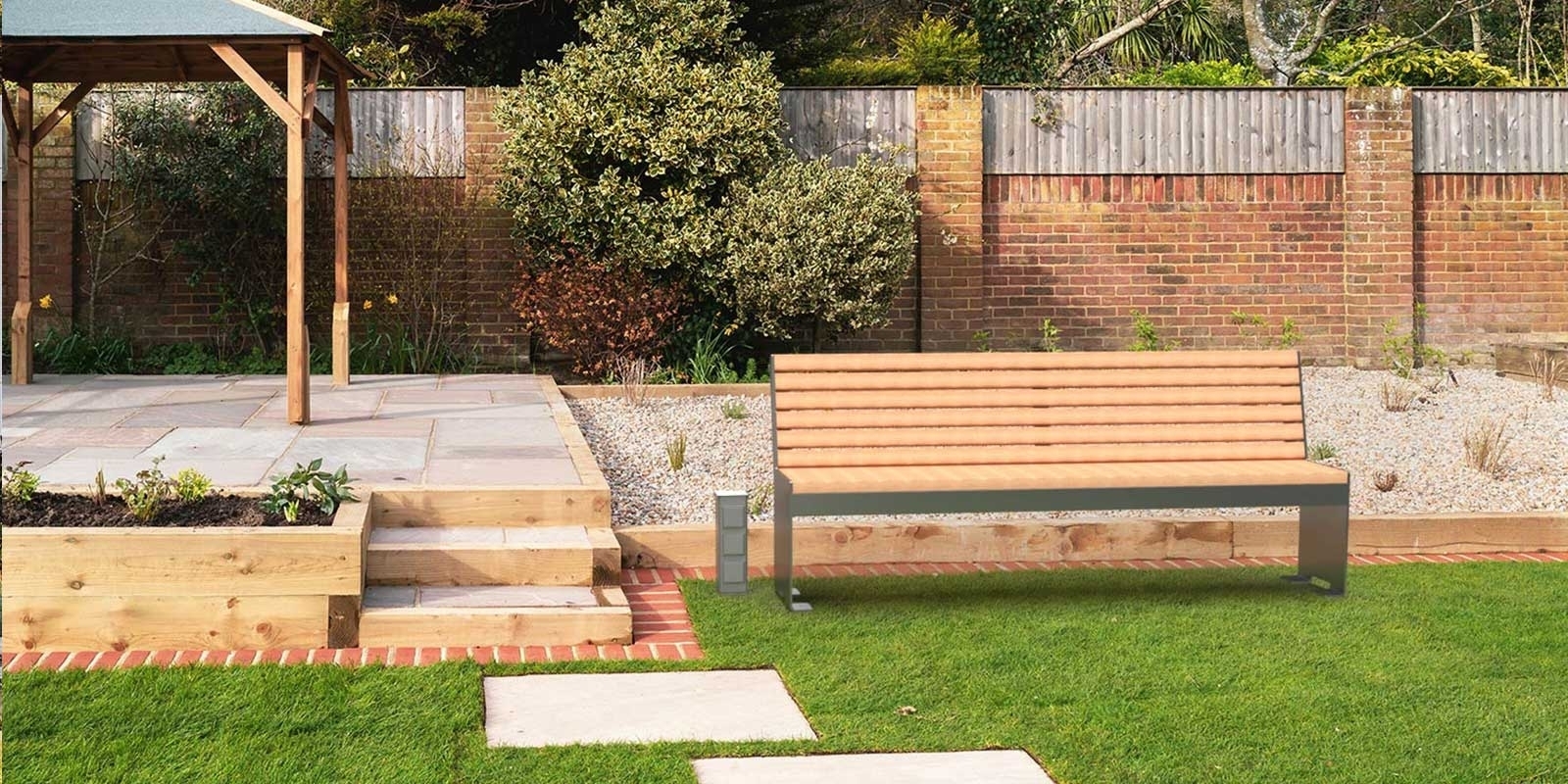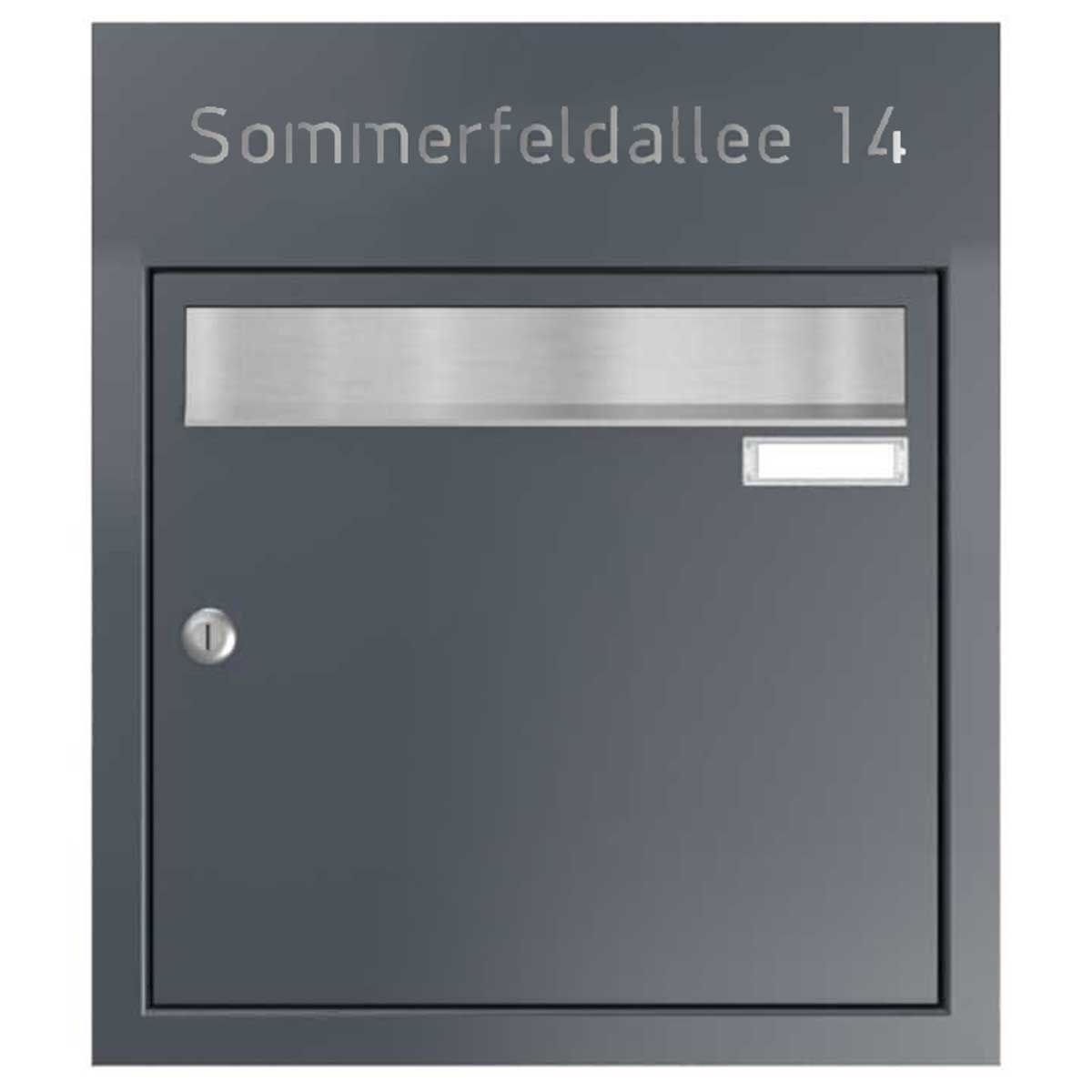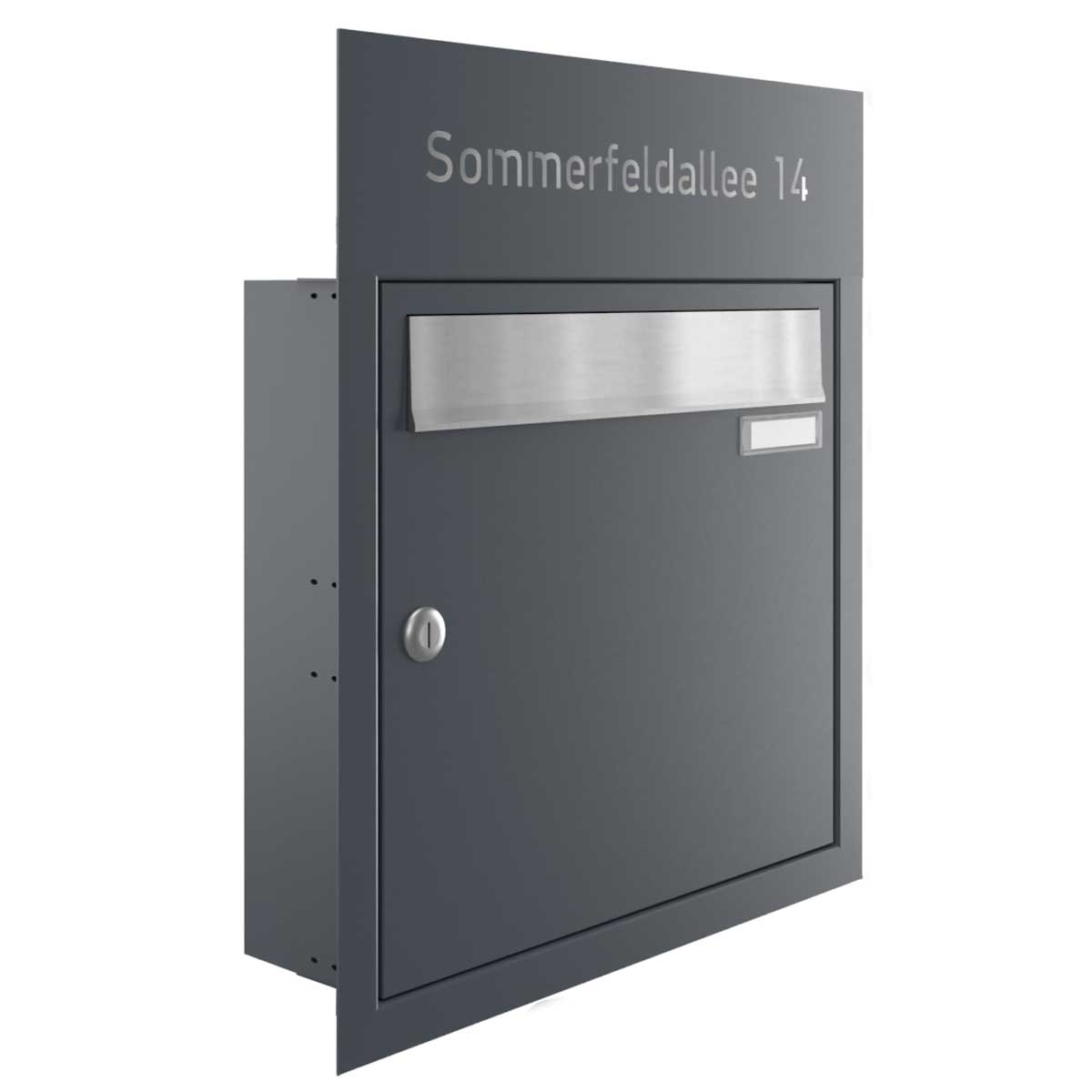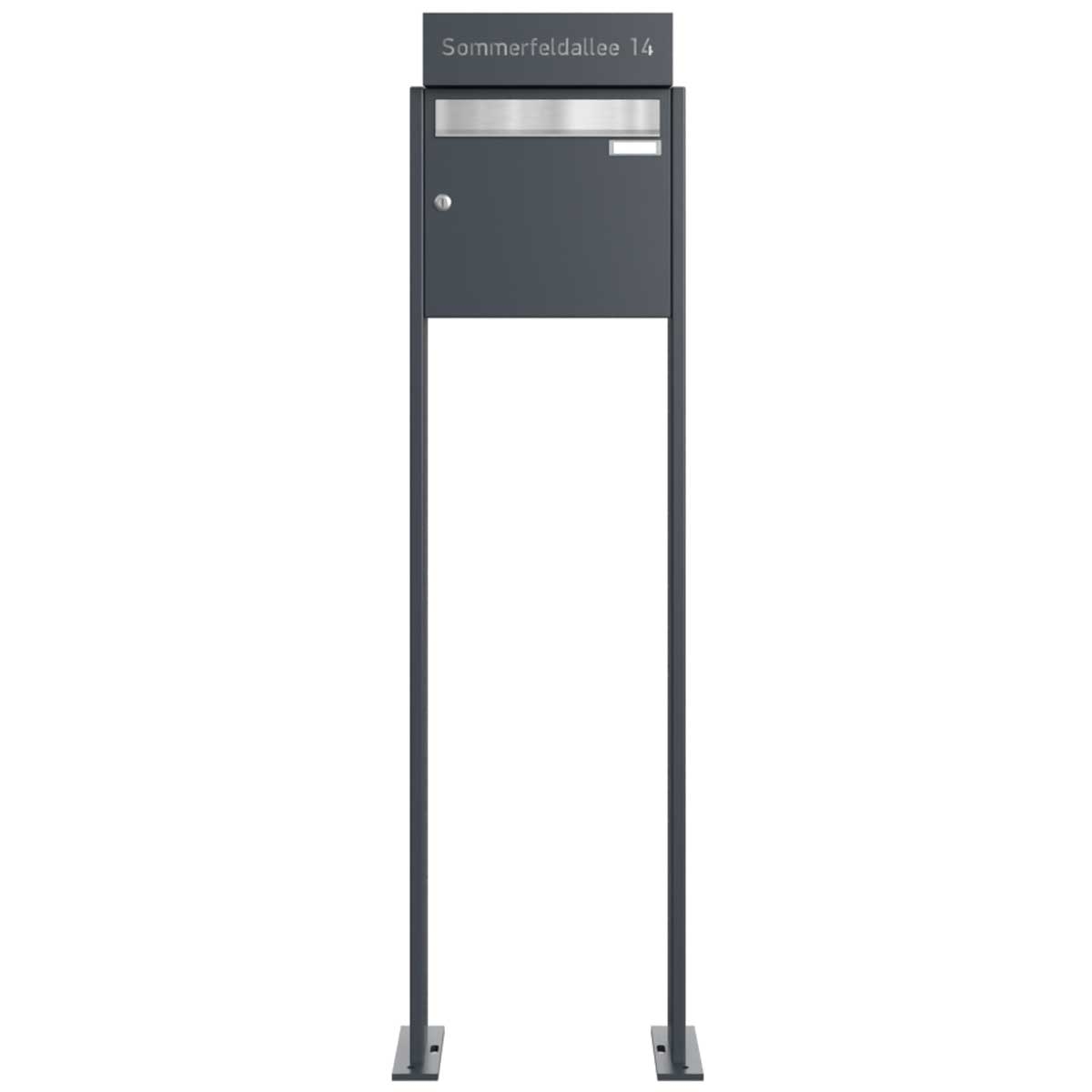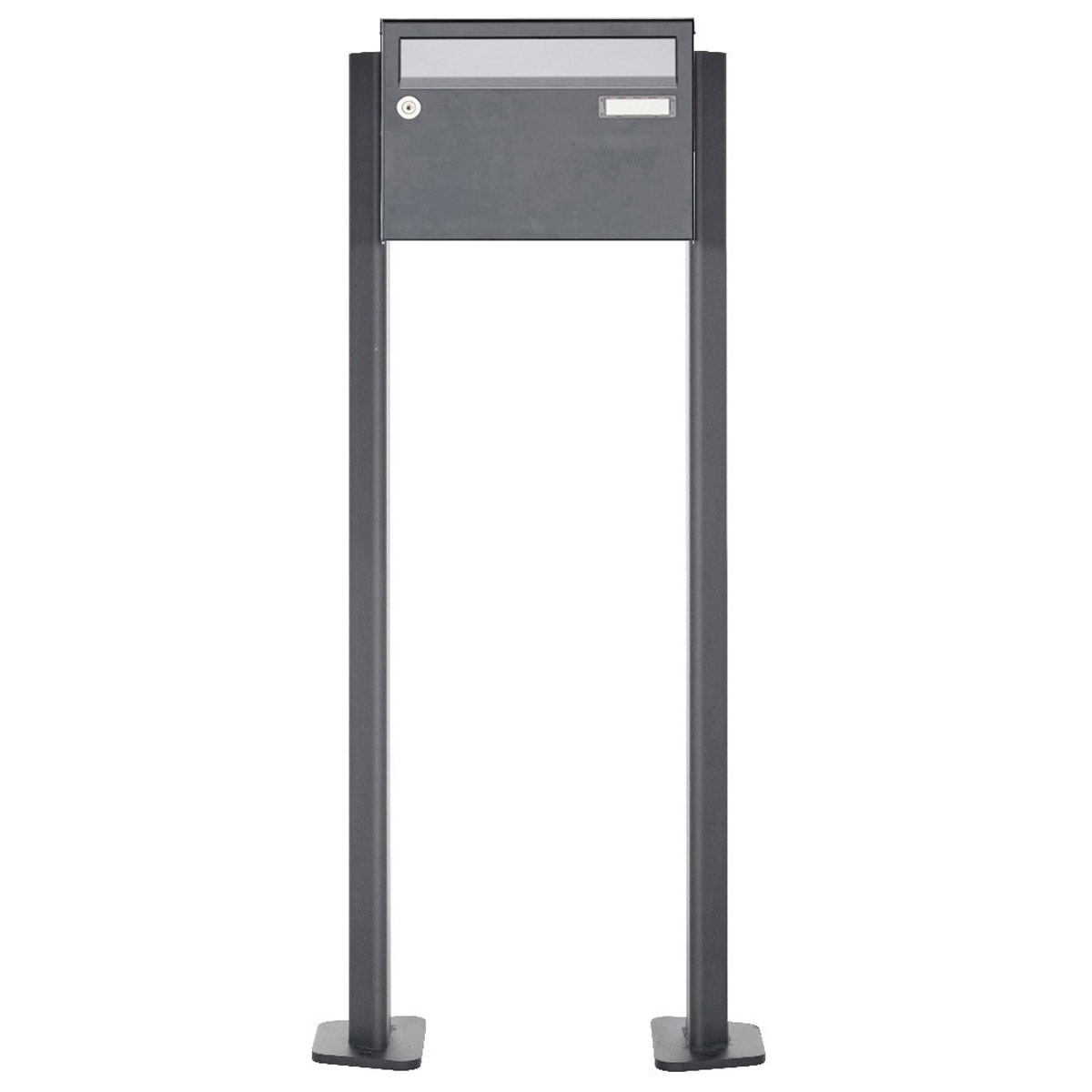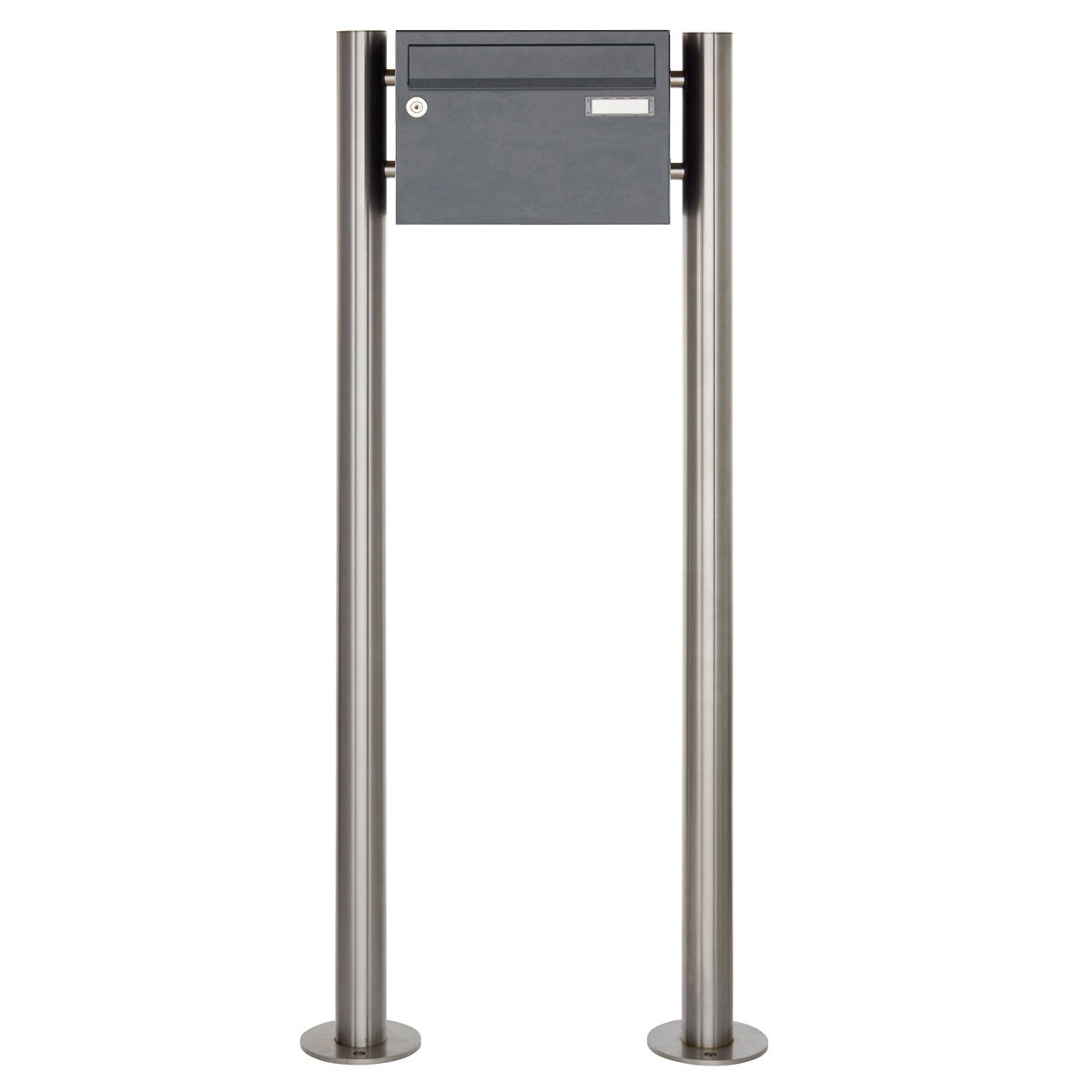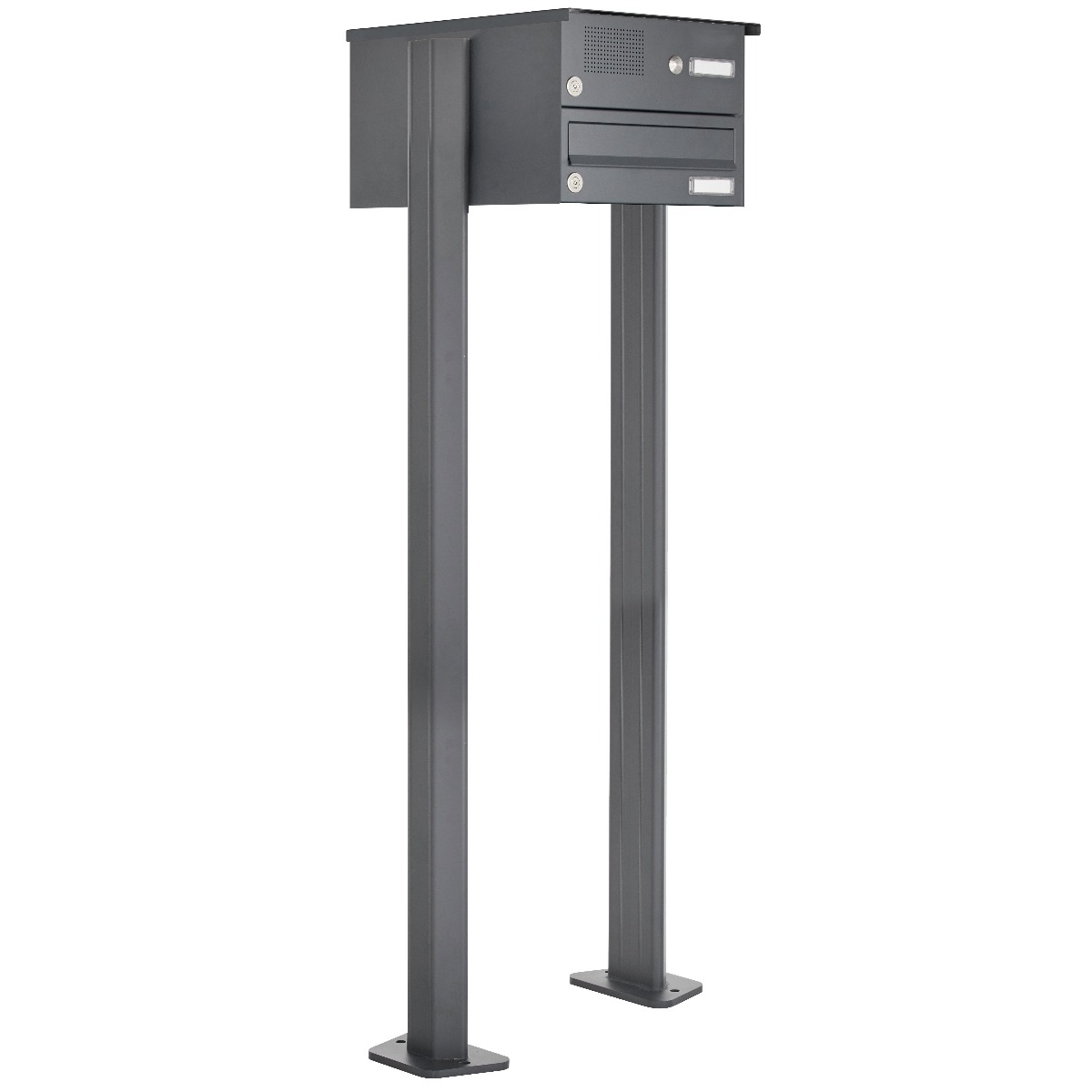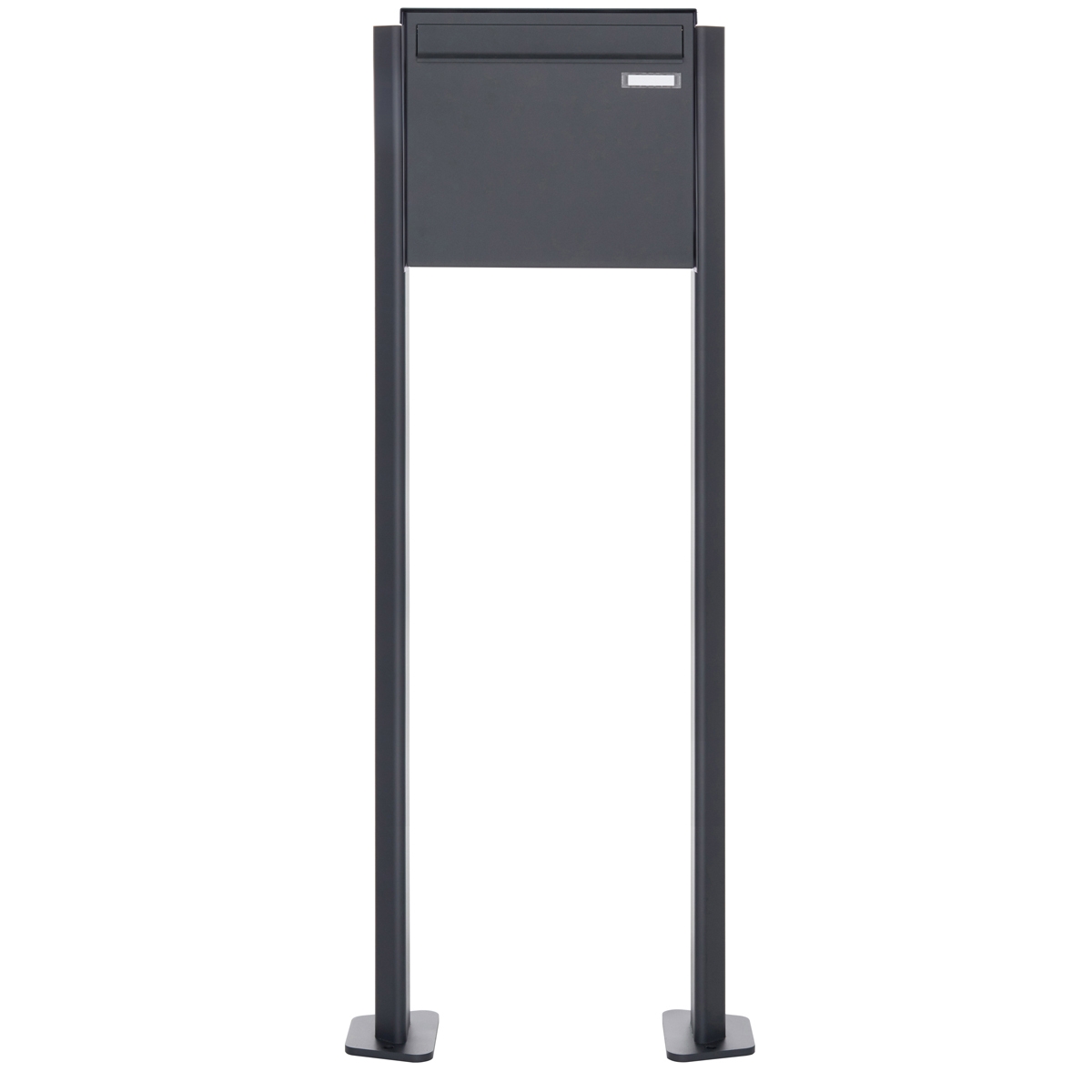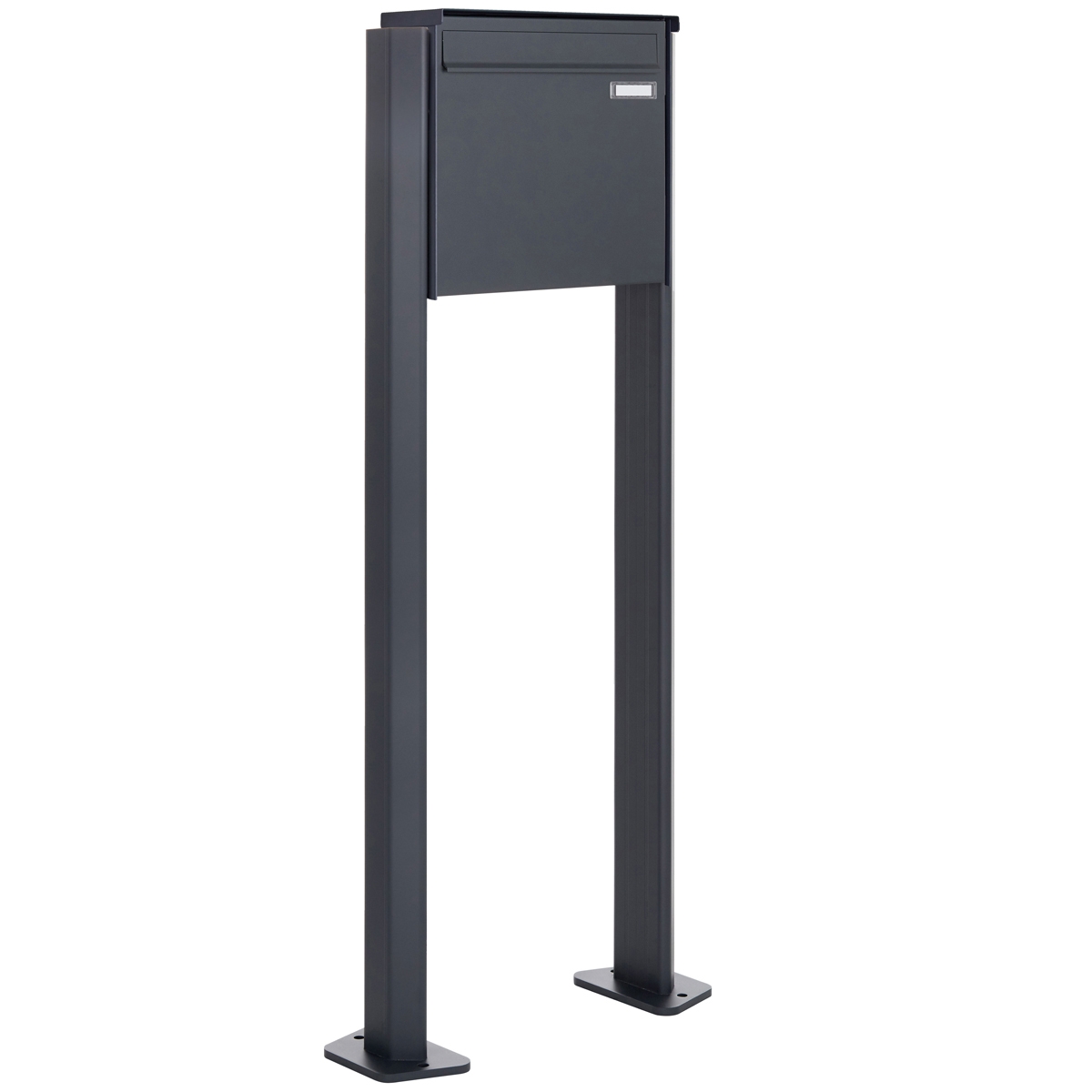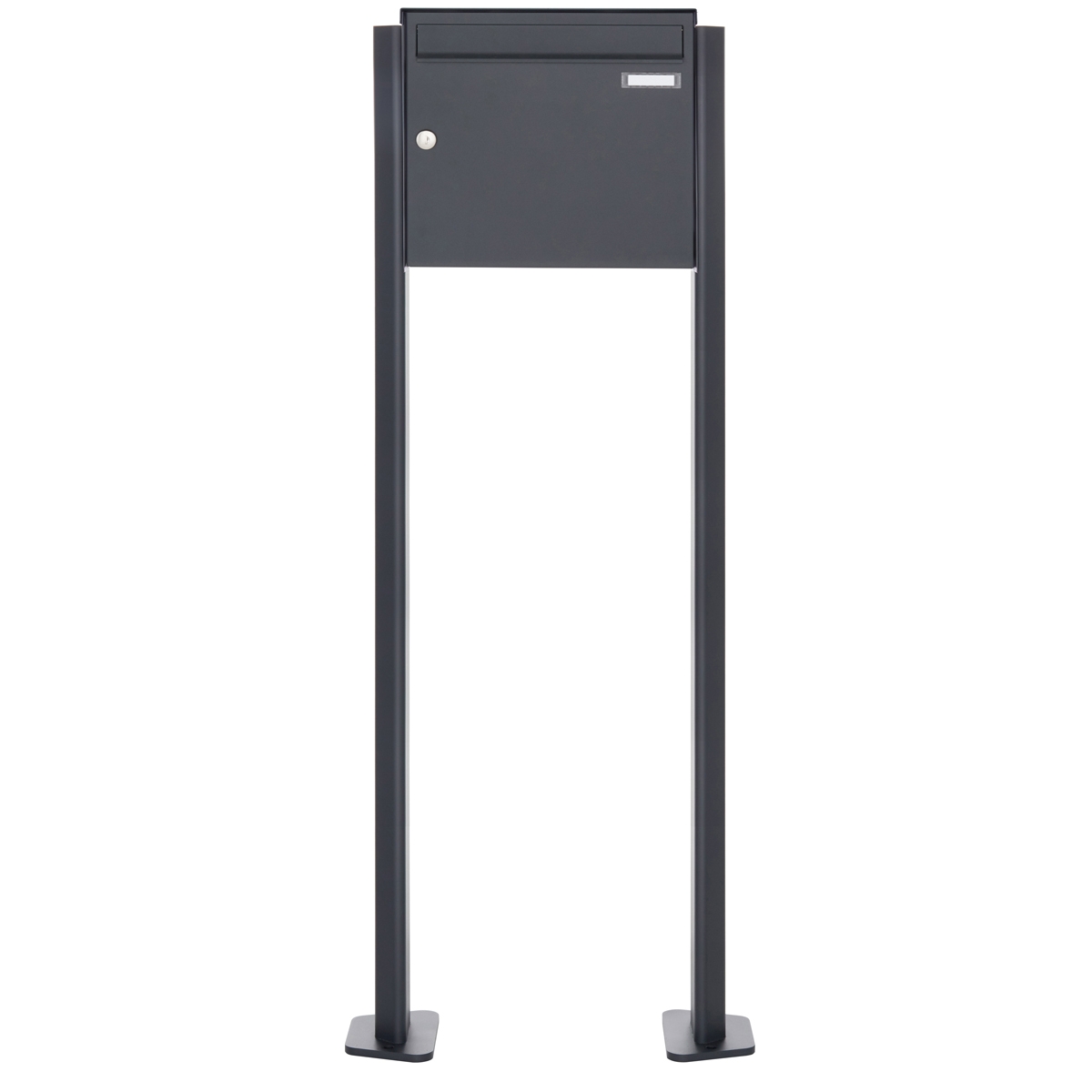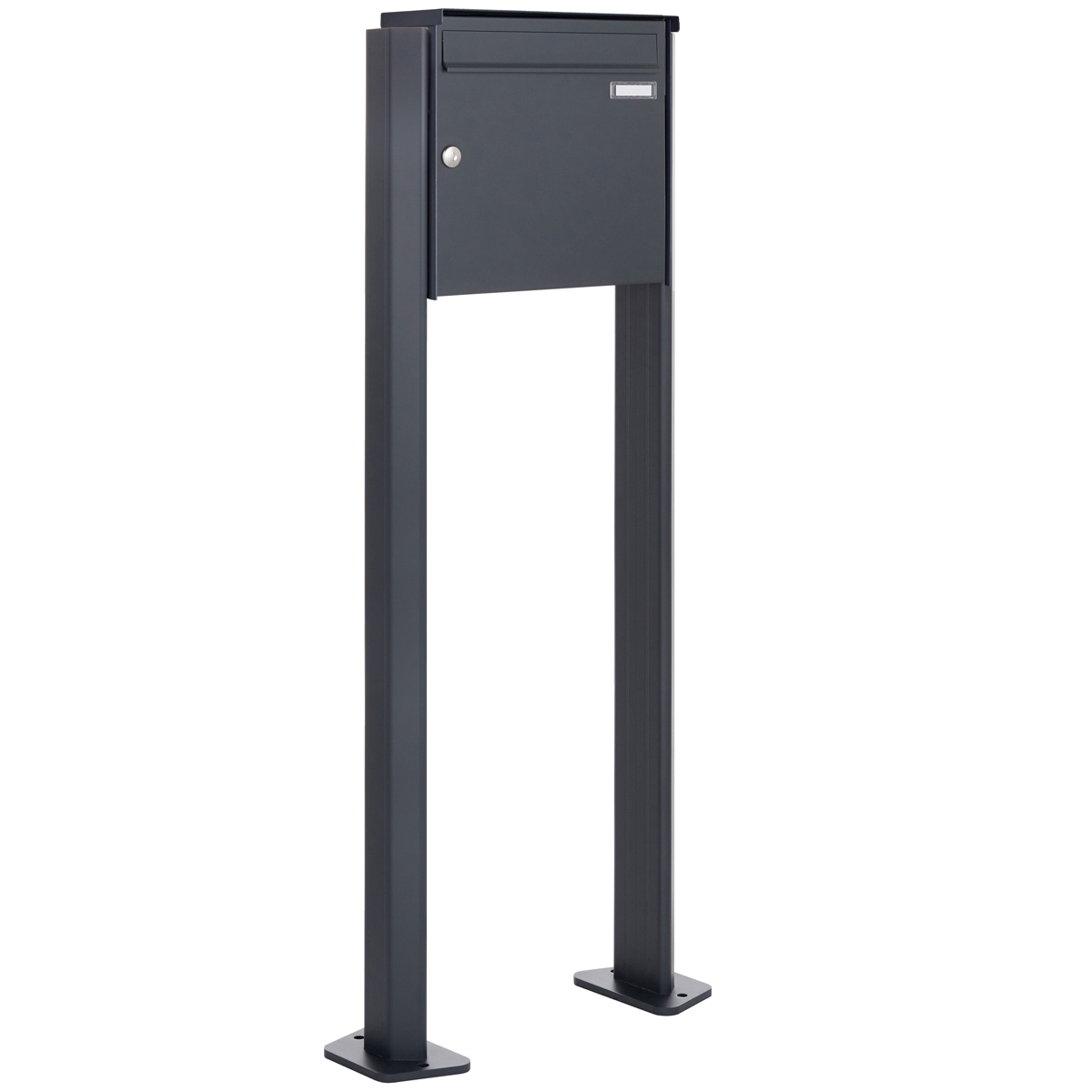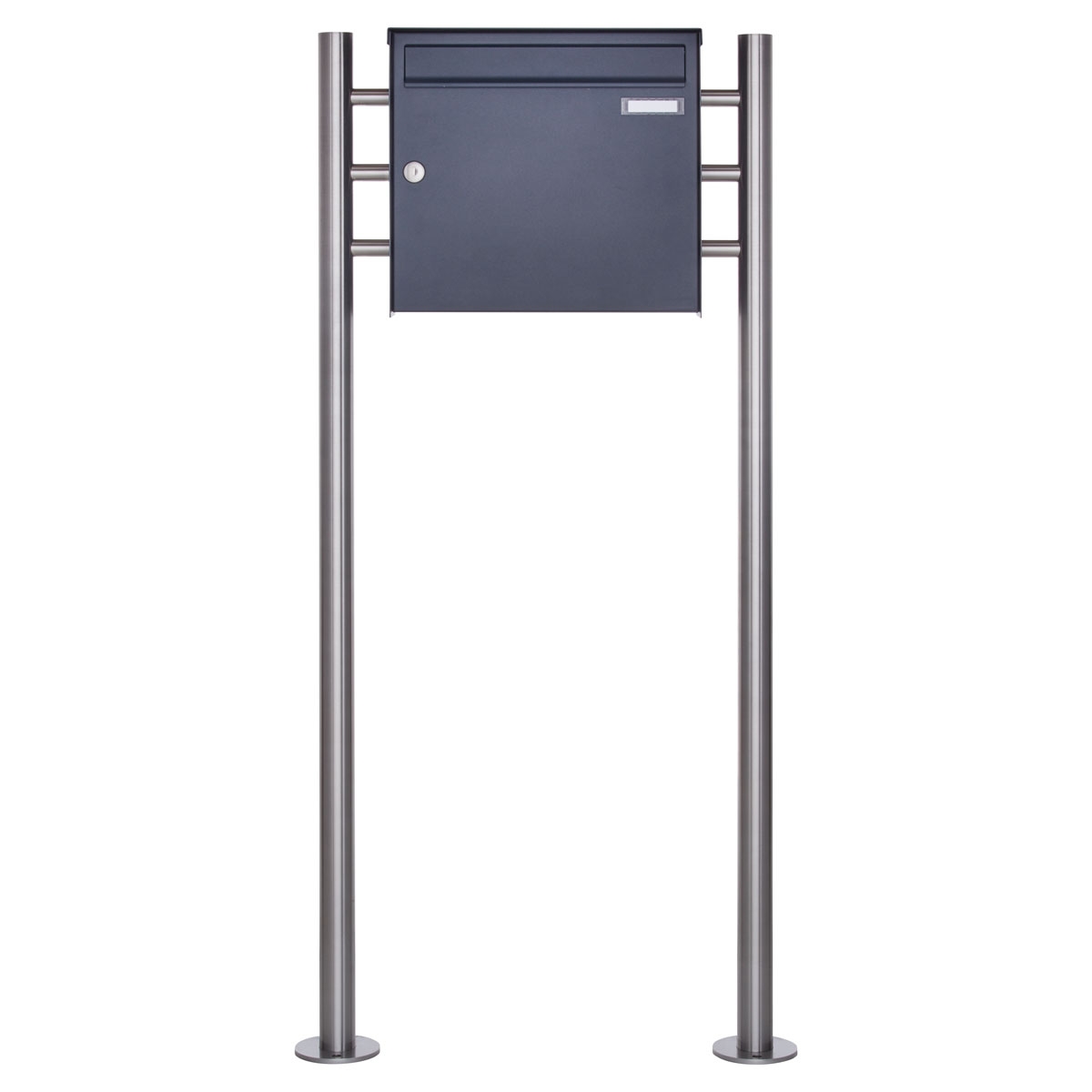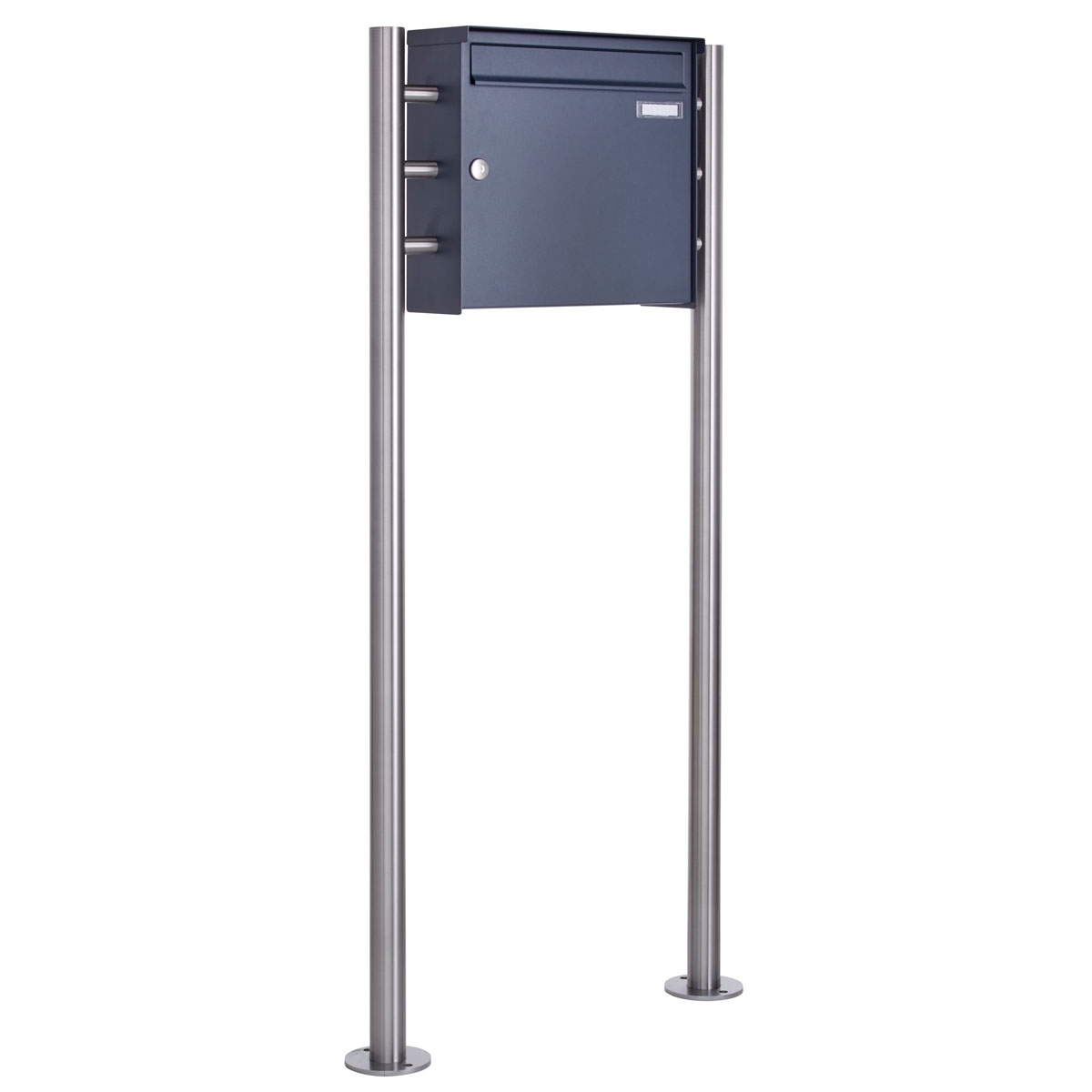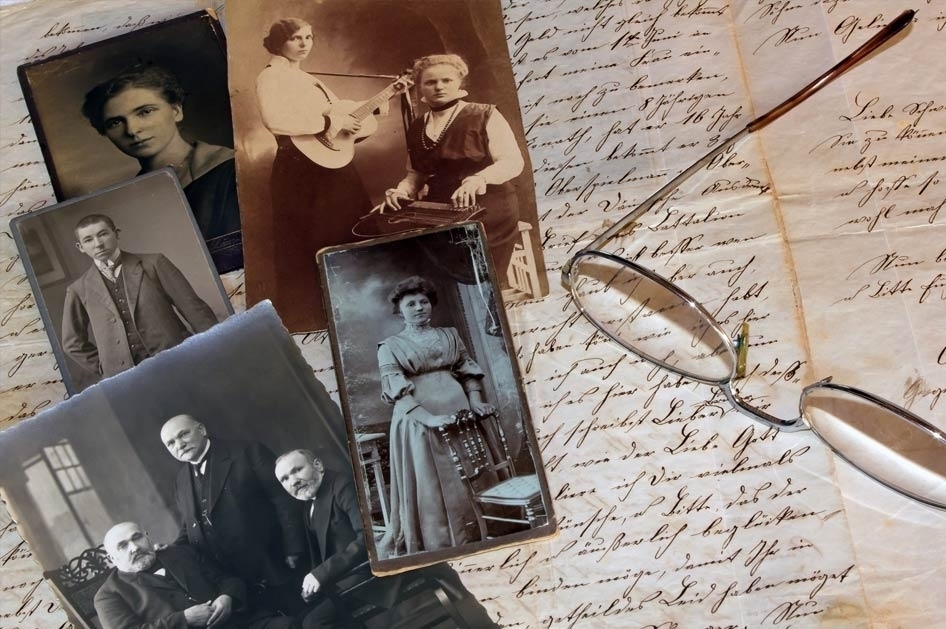
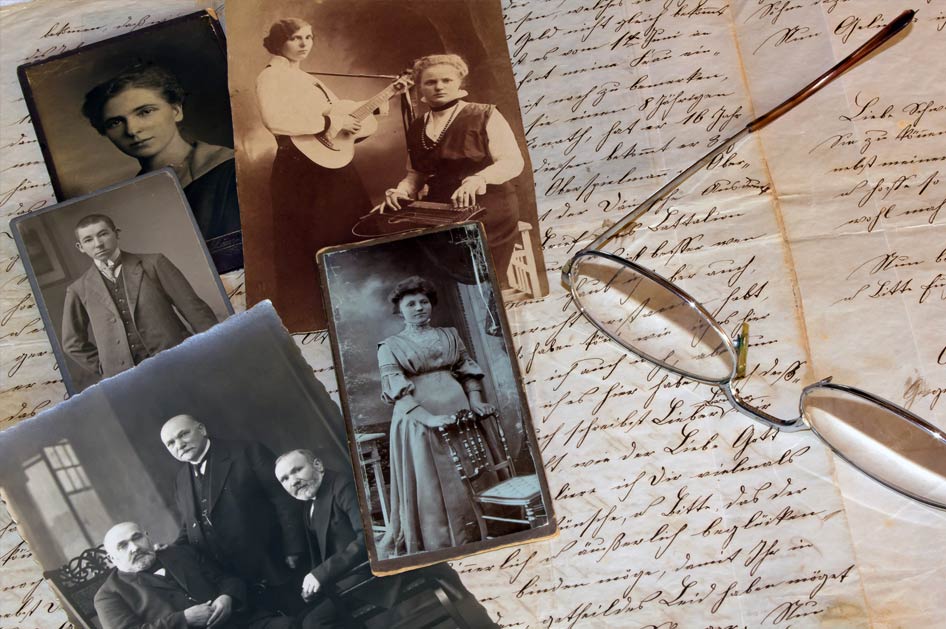
The history of the letterbox
It's a real habit that people go to the letterbox every day to check whether the post has arrived. They now also do this digitally. Users check their e-mail inbox to see which letters they have received. It's hard to imagine today that things worked very differently for a long time. Letterboxes did not exist everywhere until well into the 19th century.
Hardly anyone today thinks about how long letterboxes have been around. Their history goes back to the 16th century. The first postal connection between letterboxes in cultural history was between Leipzig and Wroclaw and was around 325 kilometres long. It had many postal stations along the way and it was the town of Liegnitz that was mentioned as the town with the first post box. This was set up in 1633. The postal system as we know it today did not yet exist at that time. However, the start had been made. Over the course of the centuries, rapid development set in and it became a matter of course that every household had a letterbox so that the postman could post the mail properly and protected from the weather and theft. This development was soon accompanied by a variety of different letterboxes.
The emergence of the letterbox
Today, when the post arrives at the front door, it is registered mail or a small parcel, i.e. something that does not fit into a letterbox or that has to be received in person. In the past, this was not so convenient. Letters or other items were handed to a messenger in person who delivered them. A postal system as we know it today did not exist for a long time. The first forerunners of the postal system were once created by seafarers. They placed letters for their families back home under the stones on their voyages around the world and hoped that someone would bring them to them. However, many letters were lost in this way or only arrived at their destination long after the sailors themselves had returned home.
In the case of the letterbox, the story of its origins began with the seafarers who deposited the letters on shore so that they could be picked up by ships travelling in the opposite direction. In later times, the development led from slots in the doors of post offices to wooden letterboxes to official letterboxes made of iron and then to the letterbox as we know it today.
The 17th century is now regarded as the key period for the letterbox we know today
As early as the 16th century, there are said to have been small wooden boxes at the churches in Florence where citizens could post their complaints and reports to the government. Messengers soon began to use these boxes to drop mail for the clergy. However, this was not the intention, but the boxes can be compared to a house letterbox of today.
The first letterbox was set up in Liegnitz in 1633. Messengers travelling from Leipzig to Breslau passed through this town. The municipality wanted to capitalise on this and set up a small box at the Hayn Gate, into which the state employees and citizens deposited their mail so that it could be taken away by the postmen. The postmen also deposited the mail for the city in this box. Having such a centralised post box saved the postmen having to walk to the houses. There was no need to pay a fee, as it had already been agreed many years earlier that the couriers had to take the town's letters free of charge.
Mailboxes became widespread in Europe in 1590, and the Hanseatic city of Hamburg already had a messenger service, but not yet a mailbox. It was not until 1641 that the city council had several wooden letterboxes installed. These were so-called directional letterboxes, into which the mail was pre-sorted before being sent to its destination. Mailboxes were installed in Paris in 1653. King Louis the 14th had commissioned them and wanted to set up a proper system. Around this time, something like the stamp we know today was also created. The Parisians had to attach a paper strip, the "billets de port paye", to the letter so that it could be transported.
Jean-Jacques Renouard de Villayer's original idea soon became widespread and the stamp is still affixed to every letter or parcel today. However, this system only existed in Paris for around eight years and so the first postage stamp, which users used to pay for the transport of a letter when it was posted, was forgotten for years. A stamp, as we know it today, was not a payment for transport in the form of postage, but the recipient had to pay the fee. It wasn't until the introduction of the household letterboxes, into which items were posted and the recipient didn't have to be at home in person, that the stamp was used to pay for transport in advance.
Today's letterbox: Smart Home
Even though people communicate a lot electronically these days, private letterboxes and post boxes have become indispensable. However, most people still send business correspondence and mail to public offices and authorities by the familiar postal route using letters. But a postcard or the classic love letter is sure to still find its way into the letterbox. A large proportion of mail is also advertising mail.
When private mailboxes became established in households, the desire for a personalised item grew. Not only were some of the letterboxes from the post office real pieces of jewellery, the private versions also adorned the doors of houses and flats. Nowadays, most apartment blocks no longer have a letterbox at every door, but large domestic letterboxes with compartments for families are usually attached or placed in the entrance area.
If you have the option of installing a letterbox just for your own household or attaching it to a wall, you usually choose a particularly attractive one. It should also suit the house and the person. There are many different colours and shapes, upright or hanging letterboxes. Many homeowners also like a combination of letterbox and newspaper tube. Combining the letterbox with house numbers, outdoor lights and doorbell signs is also particularly popular. The trend towards smart homes is also becoming increasingly popular, and this is also made possible by modern letterboxes with cameras, facial recognition and access via Smarthome.


